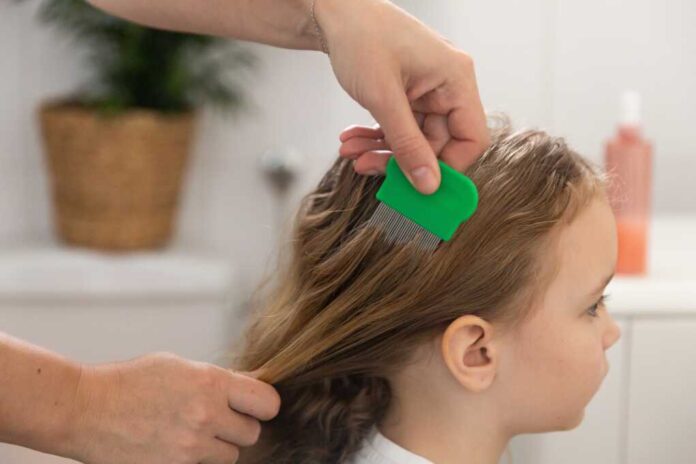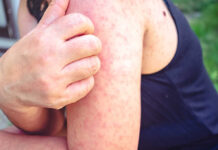
The CDC’s decade-old policy allowing students with head lice to remain in classrooms exposes children to unnecessary infestations.
Story Overview
- CDC maintains students with live head lice can stay in class and return after starting treatment at home
- Policy creates confusion as local districts like NYC enforce stricter “no head lice” rules
- Parents push back against lenient policies, citing concerns about spreading infestations
- Federal health bureaucrats prioritize attendance over prevention, dismissing parental authority
Federal Policy Contradicts Parent Expectations
The Centers for Disease Control and Prevention has maintained since 2015 that students diagnosed with live head lice should remain in classrooms for the remainder of the school day. CDC spokesperson Jason Lefevre confirmed this policy remains unchanged despite recent confusion from website updates. The federal guidance treats lice as merely a “nuisance” rather than addressing legitimate parental concerns about prevention and cleanliness standards in schools.
Watch: Were you sent home from school for head lice? Here’s why the CDC says that’s no longer recommended – YouTube
Local Districts Split on Common-Sense Approach
School districts across America implement conflicting policies, creating chaos for families navigating different standards. New York City Schools enforce a stricter “No Head Lice” policy requiring students to be completely lice-free before returning to class. Meanwhile, districts like USD 342 explicitly reject “no-nit” policies and avoid routine screenings. This patchwork approach leaves parents uncertain about their children’s educational environment and health protections.
The American Academy of Pediatrics and National Association of School Nurses advocate against stricter policies, claiming they cause unnecessary absences. However, these professional organizations prioritize institutional convenience over addressing parents’ reasonable expectations for maintaining healthy classroom environments. Their influence shapes policy despite ongoing community resistance to lenient standards.
Parents Face Bureaucratic Overreach
Federal health agencies dismiss parental concerns by labeling lice infestations as non-threatening, despite the obvious burden they place on families. The CDC’s evidence-based approach ignores the practical reality that lice outbreaks create additional stress, expense, and disruption for working parents.
The policy creates economic and social impacts that extend beyond the classroom, forcing parents to miss work for treatments while their children potentially spread infestations. School staff must navigate conflicting expectations between federal guidelines and community standards, highlighting the tension between centralized control and local autonomy in educational decisions.
Sources:
CDC Clarifies Unchanged School Lice Policy Amid Confusion
USD 342 Lice Policy Information
NYC Schools Head Lice Policy
CDC Head Lice Information for Schools


















